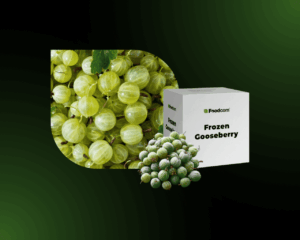- In Taiwan, bio-fabric is being produced from banana cultivation waste.
- The Farm to Material project uses the pseudostem of the plant to produce fibres.
- Banana fibres are more environmentally friendly than cotton (e.g. lower water consumption).
- The initiative combines agricultural tradition with the idea of sustainable fashion.
Innovation from Taiwan combining agricultural tradition with organic fashion
In Taiwan, entrepreneur Nelson Yang is developing the Farm to Material project, which uses the leftovers from banana cultivation to make fabric. In particular, he uses pseudostem, the middle part of the banana plant that is usually abandoned after harvest. This material undergoes a process of shredding, drying and processing into fibres that produce, among other things, yarn, blends with cotton for socks or even eco-leather.
Although the initiative is at an early stage – the company does not yet have orders from large clothing manufacturers – experts are positive about the potential of such a biomaterial. Charlotte Chiang of the Taiwan Textile Federation points out that banana fibres compare favourably to traditional cotton in terms of water consumption, absorbency and stability of supply. This could make them an important player in the textile industry looking for sustainable solutions.
Sustainability through the use of agricultural residues and historical references
Yang was inspired by the old period when Taiwan was called the “banana kingdom” – bananas were then a symbol and an important source of income. The Farm to Material project aims to bring back some of this agricultural heritage and adapt it to modern needs, especially in the context of environmental fashion and waste reduction. A great example is the idea of producing materials and food on the same land – edible plants and agricultural waste are used as raw materials for textiles.
A well-designed biotech fabric made from bananas can address several challenges of the garment industry: reducing agricultural waste, lower consumption of natural resources (e.g. water) and reducing environmental impact. If Farm to Material reaches industrial production scale and gains fashion partners, it could be an important step forward for sustainable global fashion.







